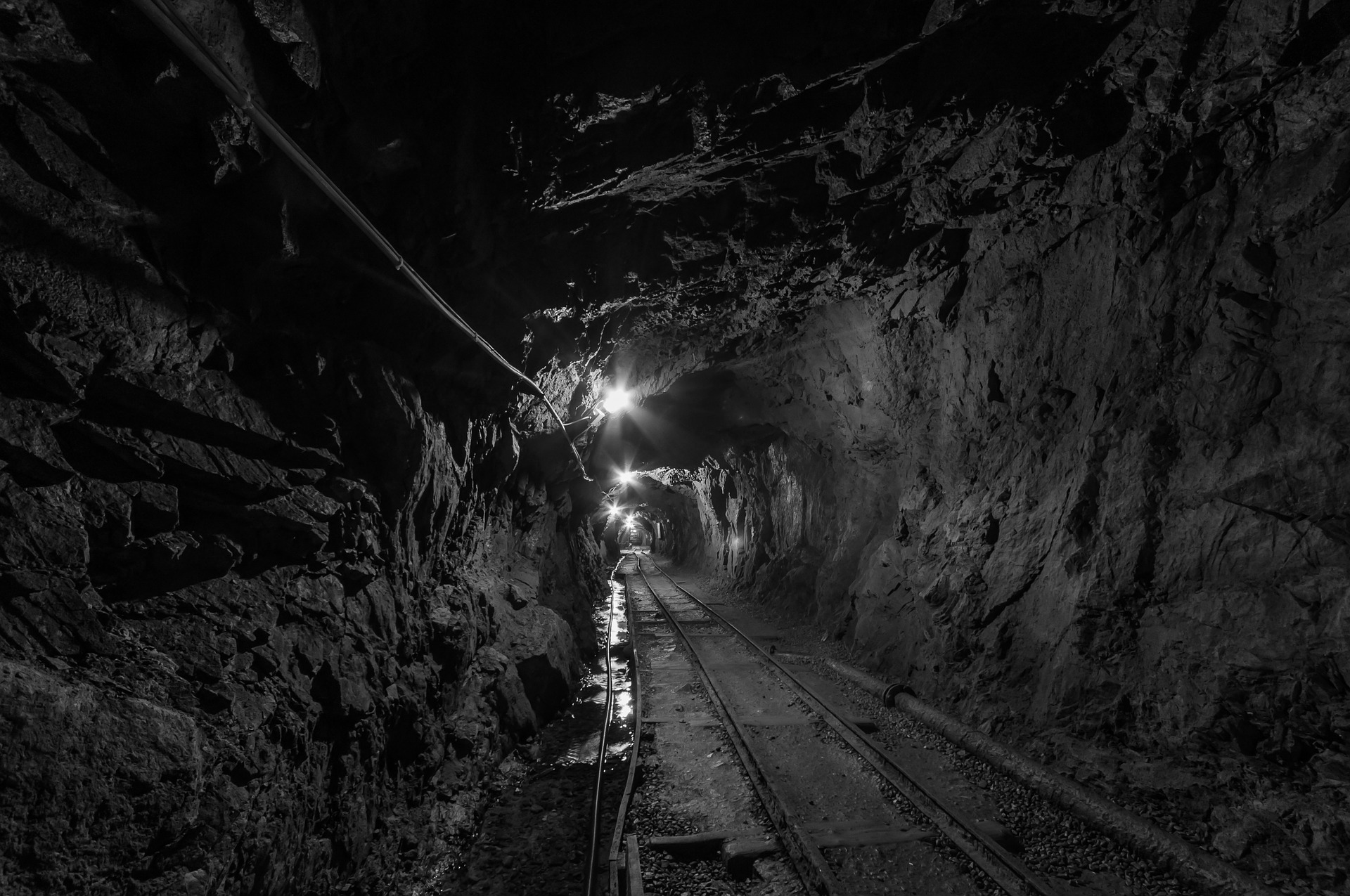In Peru, a giant mine in the Andes is poisoning the air and water with heavy metals. Children in particular suffer the consequences of such poisoning, and their health is at risk.
Living Near the Mine in the Andes
We are in Cerro de Pasco, a Peruvian city with about 70 thousand inhabitants. Volcan, a mining company controlled by Glencore, is based here and is one of the world’s largest producers of zinc, lead and silver. This company is very famous because it produces at very competitive prices, the lowest in the industry. However, the bill to pay for the environment and people’s health is very high. In fact, the mine has caused and is causing extreme environmental pollution, contaminating air, soil and water with lead, arsenic and other heavy metals.
All this has repercussions especially for the people living in this area. As a consequence of the environmental pollution, the life expectancy of the local people is five years shorter than the average. In addition to this, infant mortality is higher than in other Peruvian cities.
Children are particularly vulnerable to the toxicity of heavy metals. This is due to the fact that, when exposed to the same quantities, they absorb more lead than adults. According to the most recent estimates, there are 2000 children throughout the region suffering from chronic heavy metal poisoning. The consequences for them are dramatic: the little ones suffer from severe anaemia, paralysis and disability.
The Concerns of Experts
The organization Centro Labor in Cerro de Pasco has been working for years to combat pollution in the area. The director, Wilmar Cosme, complains about the lack of transparency in the extraction activities. He explains that the organisation does not receive information from the mine. They don’t even know where the underground tunnels are.
Citizens always notice new cracks in their houses, some houses even fall apart. They would all like to know what Volcan-Glencore intends to do in Cerro de Pasco, whether the environmental pollution will be cleaned up and whether the mine will continue to be exploited. However, Glencore does not give any answers; on the contrary, it denies any responsibility. The company claims that it does not violate any standards and that it has improved extraction techniques so as not to damage the environment.
Satellite images and analysis of children‘s hair, however, say otherwise. Lead levels are constantly increasing both in the environment and in children‘s bodies.

